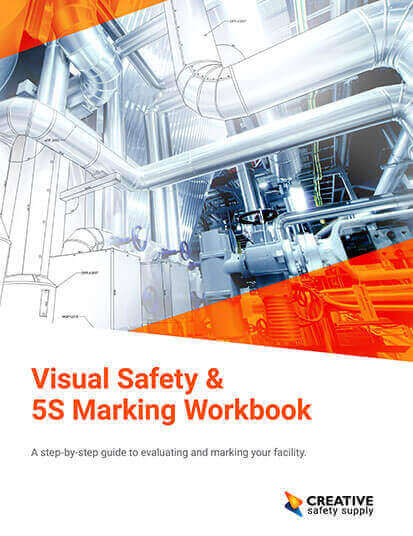
Facility marking is a fundamental aspect of creating a safe and organized work environment. However, with various techniques available, selecting the most effective approach can be a critical decision for facility managers. In this article, we will explore some of the best facility marking techniques, providing valuable insights for those looking to enhance safety and efficiency in their workplace.
1. Floor Markings
Floor markings are perhaps the most widely recognized form of facility marking. They provide clear visual cues for employees and visitors, guiding them through the facility and indicating important information such as walkways, emergency exits, and hazard zones. Effective floor marking involves the strategic placement of lines, shapes, and colors to convey specific messages.
2. Color Coding
Color coding is a powerful technique that enhances the effectiveness of facility marking. By assigning specific meanings to different colors, facility managers can quickly convey information. For example, yellow may indicate caution, red may signify danger, and green may signal safe pathways. Consistent color coding creates a standardized visual language that is easily understood by all.
3. Symbols and Pictograms
Incorporating symbols and pictograms into facility marking adds a universal dimension to communication. These visual representations can quickly convey messages without relying on language. For example, a simple arrow can indicate the direction of travel, and a crossed-out symbol can signify restricted access. Well-chosen symbols transcend language barriers, making them particularly effective in diverse work environments.
4. Text and Labels
While symbols are powerful, there are instances where specific instructions or information need to be conveyed. Utilizing text and labels in facility marking can provide additional clarity. Clear, concise messages can supplement visual cues, ensuring that employees have all the information they need to navigate and operate safely within the facility.
5. Reflective Markings
In environments with low visibility or in facilities that operate around the clock, reflective markings are invaluable. These markings utilize materials that reflect light, ensuring that they remain visible even in low-light conditions. This enhances safety during nighttime operations or in areas with limited natural light.
6. Aisles and Pathways Marking
In facilities with extensive layouts, marking aisles and pathways is crucial. This technique helps define traffic routes for both pedestrians and vehicles. By clearly designating specific paths for movement, facility managers can reduce the likelihood of accidents and streamline traffic flow.
The selection and implementation of facility marking techniques play a pivotal role in safeguarding employees and optimizing operations. By utilizing a combination of floor markings, color coding, symbols, text, reflective materials, and defined pathways, facility managers can create a comprehensive marking system that enhances safety awareness and efficiency. The key lies in tailoring these techniques to the unique needs and challenges of each facility, ultimately contributing to a more productive and successful work environment.
Similar Questions
- What is Facility Marking?
- How does Facility Marking Improve Safety Awareness and Navigation?
- What are the Benefits and Best Practices of using Color-Coding for labels and signs in Facility Marking?
- How can I prevent Warehouse Accidents with Facility Marking?
- How does proper Facility Marking help create a more Safe and Visual Workplace?
- What are the Benefits of Floor Marking Tape for Safety and Productivity?
- What are the Best Practices for Installing and Maintaining Facility Marking Products?

